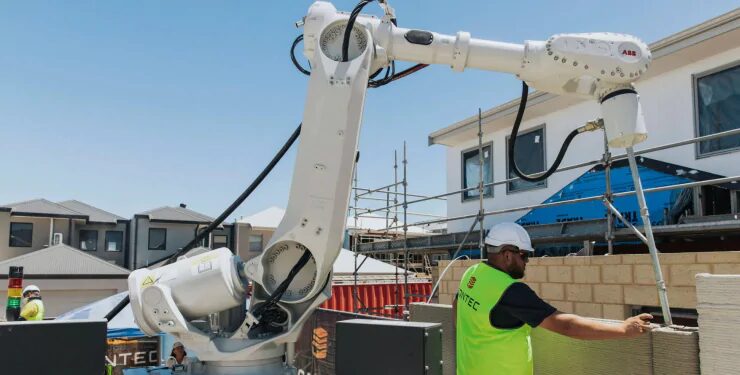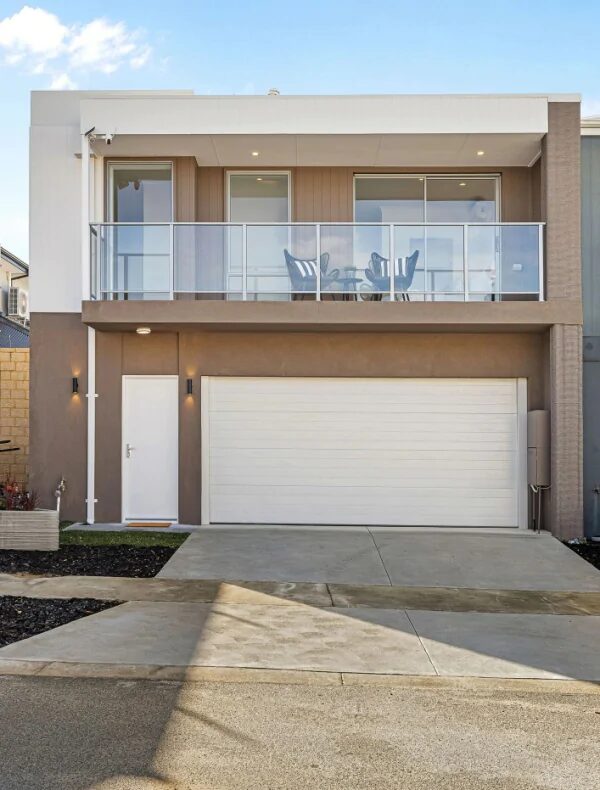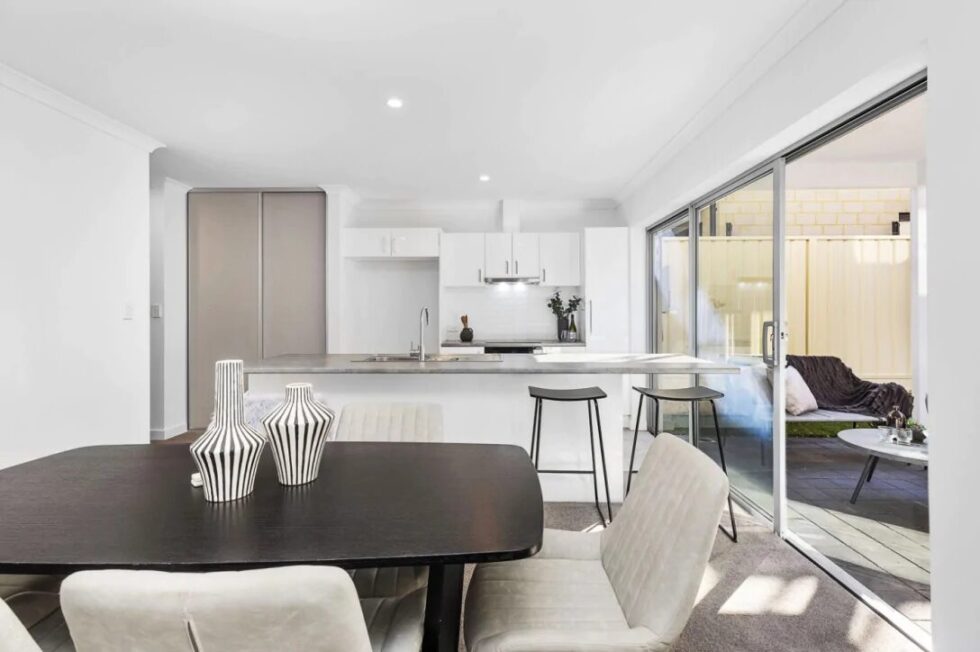Two-storey 3D-printed house in Perth: Contec Australia completes build in 18 hours at 22% lower cost

Australian company Contec Australia has completed a groundbreaking project in Perth: the world’s first fully 3D-printed two-storey residential house, produced in just 18 hours. Until now, most 3D-printed homes were single-storey or relied on wooden frames for upper levels, making this project a milestone in construction technology, reports G.business citing New Atlas.
Printing a house in less than a day
The construction was carried out using a CyBe robotic printer, designed specifically for large-scale 3D building projects. The machine extruded a cement-like mixture layer by layer, gradually building up the external walls of the home. Unlike conventional methods, the process required no scaffolding or additional structural frames, which drastically reduced both time and complexity.
Although the printing of the house structure was completed in less than 24 hours, other stages of the build took considerably longer. Teams of traditional builders were brought in to install the roof, partition walls, flooring, plumbing and electrical wiring. Altogether, the entire project was finalized within approximately five months, with the 3D-printing itself representing the most efficient phase of the construction.
A new concrete mix with extreme durability
At the heart of the innovation lies Contec’s specialized concrete mix, developed to withstand the demands of rapid 3D printing. The material hardens in under three minutes and reaches a compressive strength of 50 megapascals (MPa) — more than three times stronger than traditional brick, which typically achieves about 15 MPa.
This advanced formula gives the walls multiple advantages: they are cyclone-resistant, fireproof, waterproof, termite-resistant and energy-efficient. Such characteristics make the technology particularly attractive for regions like Western Australia, where extreme weather conditions pose constant challenges for builders and homeowners.
Modern design meets functionality
From the outside, the house retains the ribbed, layered texture that is characteristic of 3D-printed architecture. This aesthetic has become something of a visual hallmark of the technology, underlining the uniqueness of such constructions. Inside, however, the walls were smoothed to achieve a modern finish that matches traditional standards of interior design.
The property includes three bedrooms, two bathrooms, a spacious kitchen, a living room, a garage and a small balcony. Large windows flood the interior with natural light, ensuring a comfortable and bright living space. The combination of functionality and innovative building methods makes the house both practical and visually appealing.
This is what the house looks like from the outside

From the outside, the 3D-printed house stands out with its ribbed façade, a hallmark of layer-by-layer construction. The structure looks modern yet robust, with the concrete walls giving it a distinctive industrial character. Large windows break up the solid exterior and bring lightness to the overall design, while a small balcony and integrated garage highlight the home’s practical features. The minimalist lines of the building emphasize both functionality and the innovative nature of its creation, making it a striking example of how 3D printing reshapes traditional architecture.
This is what the house looks like inside

Lower costs, higher potential
While Contec Australia has not disclosed the precise cost of the project, it confirmed that the house was built at 22% lower cost compared to a traditional stone or brick construction. The savings primarily came from reduced labor requirements and faster building times.
This cost reduction could become a decisive factor in the future of housing, especially in regions facing affordability crises. If replicated on a larger scale, 3D-printed homes could provide a faster, cheaper and more sustainable solution for urban development.
The Perth project is more than just a local achievement; it is a signal of how 3D printing may transform global housing markets. The ability to construct durable, affordable and modern homes in record time could reshape the way governments, developers and communities address housing shortages.
For Contec Australia, the success serves as both a demonstration and a proof of concept. Industry experts suggest that similar projects will soon spread beyond Australia, as interest in large-scale 3D-printed construction grows across Europe, the United States and Asia.
Stay connected for news that works — timely, factual, and free from opinion — and insights that matter now: Louisiana Files Lawsuit Against Roblox Over Alleged Child Exploitation
Foto: Contec Australia